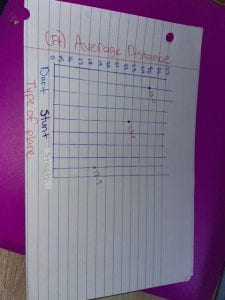 Loading...
Loading...
 Loading...
Loading...
The pulley is dropped from one side causing the other side with the red solo cup with the marble in it to drop and begin the course. The marble hits the elastic on the incline plane and bounces to a magnetic block going down the remainder of the incline plane. The marble then drops off the incline plane dropping into the ice cream scoop. This causes one of the sides of the ice cream scoop to be heavier causing the other side to go up releasing the Lego car down the second inclined plane. At the end of the second inclined plane the Lego car knocks over a row of dominoes. The last domino with a magnetic marble on top falls over the magnetic marble rolls and hits the bell causing a sound and then is attracted to the magnetic block.
Gravitational Energy: The energy in the marble when it is in the red solo cup being held above ground levels waiting to drop. The energy in the marble after it lands into the ice cream scoop.
Elastic Energy: The energy in the elastic band as it is being stretched by the red Lego rod.
Mechanical Energy: The energy in the marbles as they move through the course. (As they are rolling)
Magnetic Energy: The energy of push and pull between the magnetic marble and magnetic block.
Sound Energy: The energy transfer from the magnetic marble to the bell to cause the ring.

